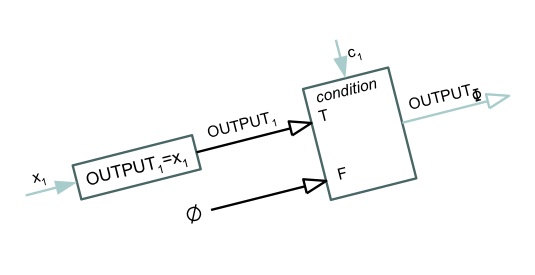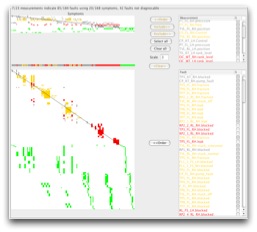
My main areas of interest are broadly in the area of artificial intelligence. The majority of the work to date has been in the automotive and aircraft systems application area. I have many years experience in model based and qualitative reasoning; automated design analysis; automated diagnosis and diagnosability; model based software analysis and (in the past) image compression and analysis. I also have current interests in the use of model based techniques for design analysis of software systems.
Model Based Reasoning

MBR has grown out of research in to artificial intelligence and we take the approach of developing models and reasoning techniques which are used to solve real engineering problems. The application area with which I have been involved is automotive electrical systems and the task has primarily been Failure Mode Effects Analysis - research initiated and directed by Prof. Chris Price.
Currently I have particular interests in developing more generic hierarchical modeling ontologies which may be applicable in other domains (eg. mechanical and hydraulic) and which can be used for a number of analysis tasks. One application for this is design synthesis that will enable a design to be created automatically from a functional description and model based implementation fragments. I also have interestes in functional modelling and temporal reasoning.
Image compression and analysis
Some of the characteristics of the high ratio lossey compression algorithm I developed as part of my PhD may prove to be extremely useful in areas other than the medical domain where the research originated.
Techniques such as progressive enhancement, regional quality variation and the inherent multiple resolution capability of the representation could be utilised for image libraries, and web applications. I also anticipate possibilities for a varety of 'intelligent' compression and analysis tasks based on removing redundency in the representation if the function of the image is known. The thesis itself concentrates on removing characteristics which cannot be seen by the human eye (eg. subtle variations near a large contrast change) however for other applications categories of images may be derived and the ranking importance of specific features related to the subject of the images may allow the compression to be strategically guided based on spatial regions, frequency components, chromatic composition and sensitivity etc.